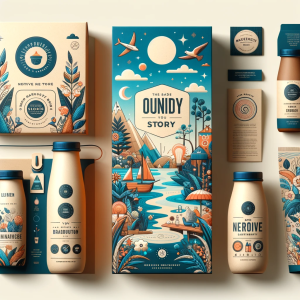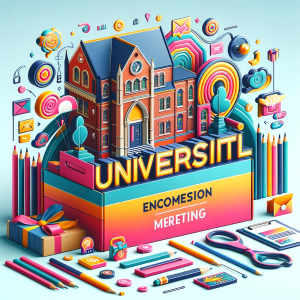WHAT IS FRUSTRATION-FREE PACKAGING?
In the vast and ever-evolving world of packaging, there’s been one standout trend that has significantly shifted consumer experiences: Frustration-Free Packaging. Traditionally, products were packaged with a primary focus on safety and preservation. Over time, however, the user experience has taken center stage. Today, the question on many manufacturers’ and retailers’ minds is, “What is Frustration-Free Packaging?” and how can it enhance the unboxing experience for consumers?
At its core, Frustration-Free Packaging seeks to eliminate the common grievances of consumers: excessive plastic wraps, hard-to-open seals, and a plethora of twist ties. Instead, it focuses on providing a straightforward, efficient, and, most importantly, frustration-free unboxing process.
At Sam’s Packaging, we’ve witnessed firsthand the increasing demand for such easy-open, eco-friendly packaging solutions. The consumer’s voice is clear: they want packaging that’s both protective and simple to open. As we delve deeper into this topic, we’ll uncover the nuances of this packaging revolution and why it’s becoming the new standard in the industry.
1. The Philosophy Behind Frustration-Free Packaging
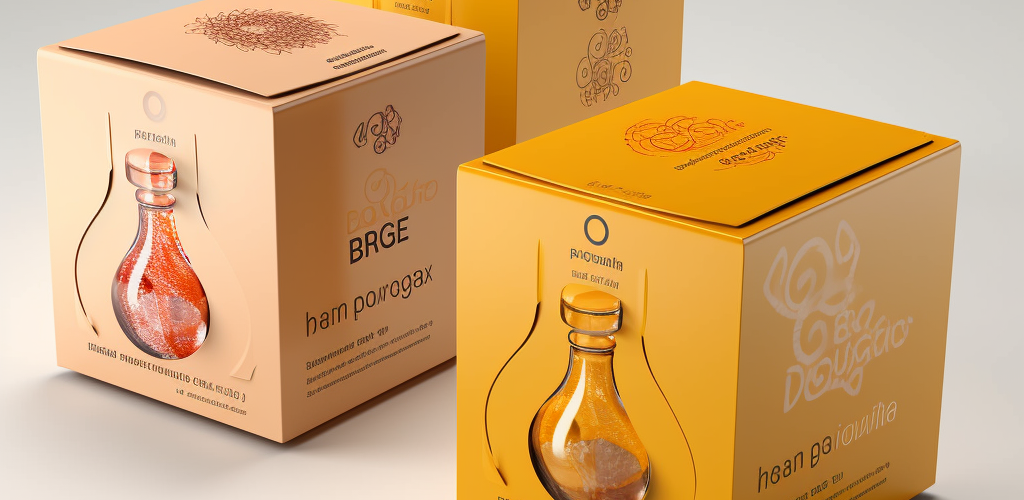
At the heart of the packaging industry lies a simple yet paramount principle: delivering products in the most efficient and user-friendly manner. Frustration-Free Packaging stems from this very ethos, addressing a twofold challenge: improving the customer experience while reducing environmental impact.
The Customer Experience
Imagine eagerly waiting for a product you ordered online. When it finally arrives, you spend minutes, sometimes even longer, battling layers of plastic, tape, and tricky ties, only to end up with a mess of discarded materials. This situation is all too familiar for many. Frustration-Free Packaging aims to resolve this by emphasizing easy unboxing without the unnecessary hurdles. By removing the hassle, brands can significantly enhance the unboxing experience, which, in turn, elevates overall customer satisfaction.
Environmental Impact
Traditional packaging often comes with a host of non-recyclable materials—plastic wraps, foam peanuts, and more. Frustration-Free Packaging adopts a more sustainable approach, minimizing waste and focusing on recyclable or biodegradable materials. This not only aligns with the global push for eco-friendly practices but also resonates with an increasingly environmentally-conscious consumer base.
Data Point
A recent survey indicated that over 70% of online shoppers expressed a preference for easy-to-open packages, underscoring the rising demand for Frustration-Free Packaging. This data further emphasizes the importance of transitioning to such packaging solutions, both from a user experience and an environmental perspective.
2. Key Features of Frustration-Free Packaging
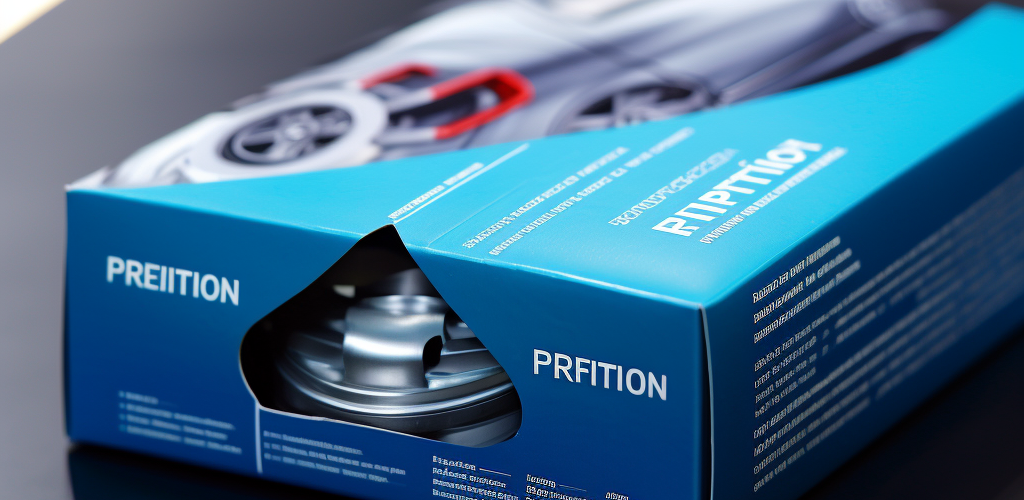
In today’s fast-paced world, the last thing consumers want is to grapple with complicated packaging. The introduction of Frustration-Free Packaging is a response to this very sentiment. But what exactly differentiates this innovative packaging approach from conventional methods? Let’s delve into its key features:
Easy-to-Open Design
Central to the “frustration-free” philosophy is ensuring that customers can access their purchased items quickly and effortlessly. This entails designs that can be opened with a simple pull or tear, eliminating the need for scissors or knives.
Minimalistic Packaging Materials
The era of excessive packaging layers is fading. Frustration-Free Packaging champions a minimalistic approach. By reducing unnecessary filler materials and excess packaging, it not only simplifies the unboxing experience but also cuts down on waste, benefiting both the consumer and the environment.
Recyclable or Biodegradable Materials
Sustainability is at the forefront of modern packaging trends. Recognizing this, Frustration-Free Packaging often incorporates materials that can either be recycled or naturally degrade over time, further lessening the environmental footprint.
Absence of Plastic Binders, Wires, or Excessive Tape
Remember those tricky plastic ties or the myriad of twisty wires that once came with almost every packaged product? They’re notably absent in Frustration-Free Packaging. Instead, products are secured using minimal tape or innovative, easy-to-release fasteners, making the unpacking process smoother and more enjoyable.
Incorporating these features, companies like Sam’s Packaging are leading the way in transforming the packaging landscape, putting customer satisfaction and environmental responsibility at the core of their strategies.
3. Benefits to Brands and Consumers
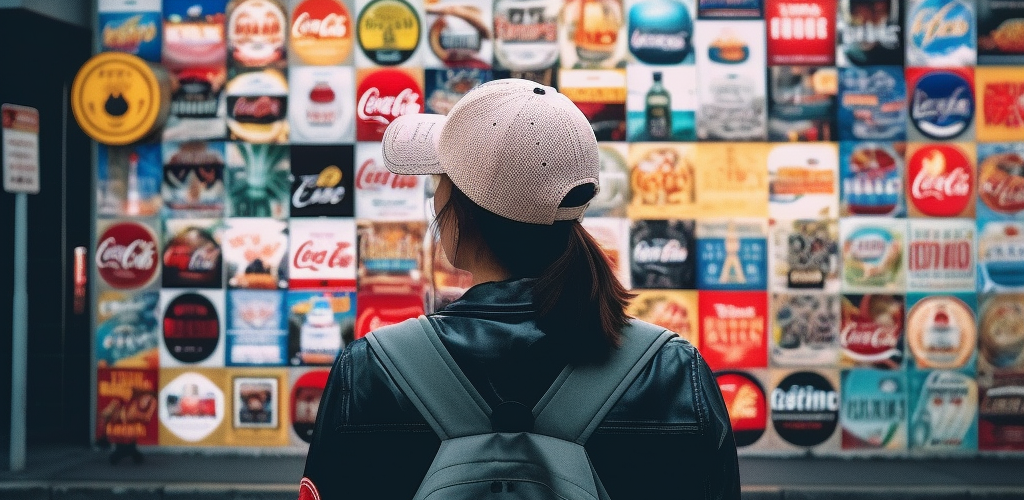
The adoption of Frustration-Free Packaging isn’t just a passing trend; it’s a reflection of evolving consumer needs and brand aspirations. Here’s why both businesses and their customers are favoring this approach:
Enhancing Customer Experience and Brand Loyalty
The joy of receiving a new product often starts with the unboxing. By simplifying this process, brands can offer a more delightful and memorable experience to their consumers. A seamless unboxing can translate into positive product reviews, word-of-mouth recommendations, and, ultimately, heightened brand loyalty. After all, in the eyes of the consumer, a brand that values their time and experience is always held in high regard.
Reducing Packaging and Shipping Costs
Streamlined and efficient packaging designs not only benefit the environment but also the bottom line. By minimizing materials and utilizing space more effectively, brands can see significant reductions in both packaging costs and shipping expenses. Less bulk means more products can fit in a shipment, optimizing logistics and transportation.
Environmental Stewardship
Beyond the immediate consumer experience, there’s a broader societal benefit. As brands opt for recyclable and biodegradable materials, they are actively contributing to reducing landfill waste and promoting a culture of sustainability. This not only resonates with eco-conscious consumers but also positions the brand as a responsible and forward-thinking entity in the market.
In our journey at Sam’s Packaging, we’ve collaborated with diverse brands, and time and again, we’ve seen the tangible benefits they reap by transitioning to frustration-free solutions. Not only do they witness increased consumer appreciation, but they also observe measurable cost savings, making it a win-win proposition.
4. Case Study: Major Brands Embracing the Trend
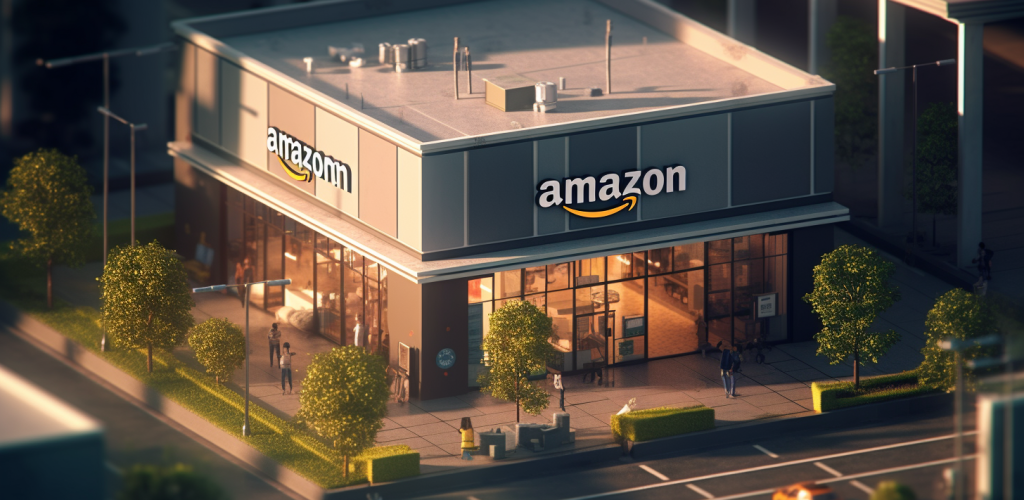
Frustration-Free Packaging is not merely a novel idea, but a transformative shift in the packaging industry, endorsed by leading brands worldwide. These corporations are not just adapting to the trend but are setting precedents for others to follow. Here’s a closer look at some of them:
Amazon's Pioneering Effort
One of the most notable champions of Frustration-Free Packaging is Amazon. The e-commerce behemoth introduced its “Frustration-Free Packaging” program back in 2008, aiming to alleviate the common grievances customers faced during unboxing. By eliminating hard plastic casings, wire ties, and plastic bindings, Amazon not only enhanced the customer experience but also took a significant step towards environmental sustainability.
Mattel's Sustainable Commitment
Another noteworthy brand to hop on the bandwagon is Mattel. Recognizing the need for more sustainable packaging solutions, the toy manufacturing giant committed to enhancing its products’ unboxing experience by reducing plastic usage and ensuring easy-open packages, particularly relevant for children’s toys.
Data Point
Amazon’s move to Frustration-Free Packaging resulted in a staggering reduction of packaging materials by 55%. This initiative also translated into cost savings, with the company saving approximately $15 million in 2019 on packaging materials alone.
Other major brands, ranging from tech giants to FMCG leaders, are closely studying these successes and making their transitions. The combined effort of these corporations underscores the significance and potential of Frustration-Free Packaging in today’s market.
5. Environmental Impact and Sustainability
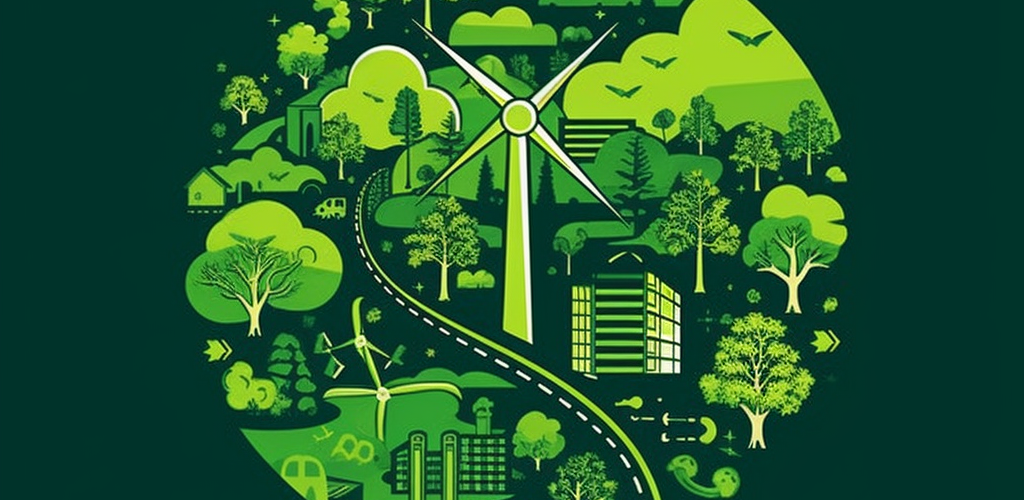
In an era where conscious consumerism is on the rise, the packaging sector is under the microscope for its environmental implications. The push towards Frustration-Free Packaging is not merely a convenience play but also a critical step towards sustainability. Here’s how it’s making a difference:
Waste Reduction
Simplified packaging designs, characterized by the absence of extraneous materials, lead directly to a substantial decrease in packaging waste. Without the excess plastic ties, casings, or unnecessary boxing layers, consumers are left with less waste to dispose of. This has a downstream effect on reducing landfill contributions and environmental pollution.
Sustainable Material Usage
Frustration-Free Packaging predominantly utilizes recyclable or biodegradable materials, such as cardboard or paper. By sidelining non-degradable plastics and other harmful materials, the packaging not only becomes easier to handle but also leaves a gentler footprint on our planet.
Reduced Carbon Emissions
Lightweight and compact designs also mean more efficient transport logistics. Fewer materials result in lighter packages, which translates to reduced fuel consumption during transportation and, consequently, lower carbon emissions.
At Sam’s Packaging, we’re more than just packaging providers; we’re environmental stewards. Embracing Frustration-Free Packaging aligns seamlessly with our ethos, allowing us to deliver solutions that are not only customer-friendly but also earth-friendly.
6. Challenges in Implementation
While the move toward Frustration-Free Packaging offers myriad benefits, adopting this approach isn’t without its unique set of challenges. Here are some of the hurdles brands might face when embracing this simplified packaging trend:
Striking the Right Balance
One of the primary concerns is ensuring product protection. The essence of packaging is to safeguard the contents within, and with minimalistic designs, there’s a fine line between simplicity and risk. Some products may require more protective elements to avoid damage during transit, so finding the balance between protective layers and a streamlined unboxing experience is crucial.
Transition Costs
For businesses that have been long-established with a particular packaging method, making a switch can involve significant upfront costs. This might encompass new packaging machinery, design consultations, or employee training. The initial investment might deter some companies, even if long-term benefits, such as reduced material costs and increased consumer satisfaction, are evident.
Consumer Education
Any change, no matter how beneficial, can be met with initial skepticism or confusion. Consumers accustomed to traditional packaging might find the new designs unfamiliar or might mistake them for being “less protective”. As such, brands transitioning to Frustration-Free Packaging will need to invest in educating their customer base, perhaps through instructional videos, graphics, or simply clear labeling, to ensure that the new packaging’s advantages are well-understood.
The journey toward Frustration-Free Packaging, while promising, requires careful navigation, foresight, and adaptability. The goal is to simplify the consumer experience without compromising on the core function of packaging: protection.
Conclusion
The world of packaging is continuously evolving, with the needs and preferences of consumers at its very heart. Frustration-Free Packaging, a seemingly simple concept, has far-reaching implications for businesses and the environment. As the tide shifts towards more intuitive, easy-to-open, and eco-friendly packaging solutions, brands that adapt will undoubtedly stand out, both in customer loyalty and sustainable practices.
Companies, big and small, play an instrumental role in this transformation. At Sam’s Packaging, we’re not just observers of this change; we’re active participants, working tirelessly to craft packaging solutions that resonate with modern consumers while championing environmental sustainability.
Interested in pioneering the next wave of customer-centric packaging? Reach out to Sam’s packaging. Let’s together create packaging that delights your customers, benefits your brand, and treads lightly on our planet.


